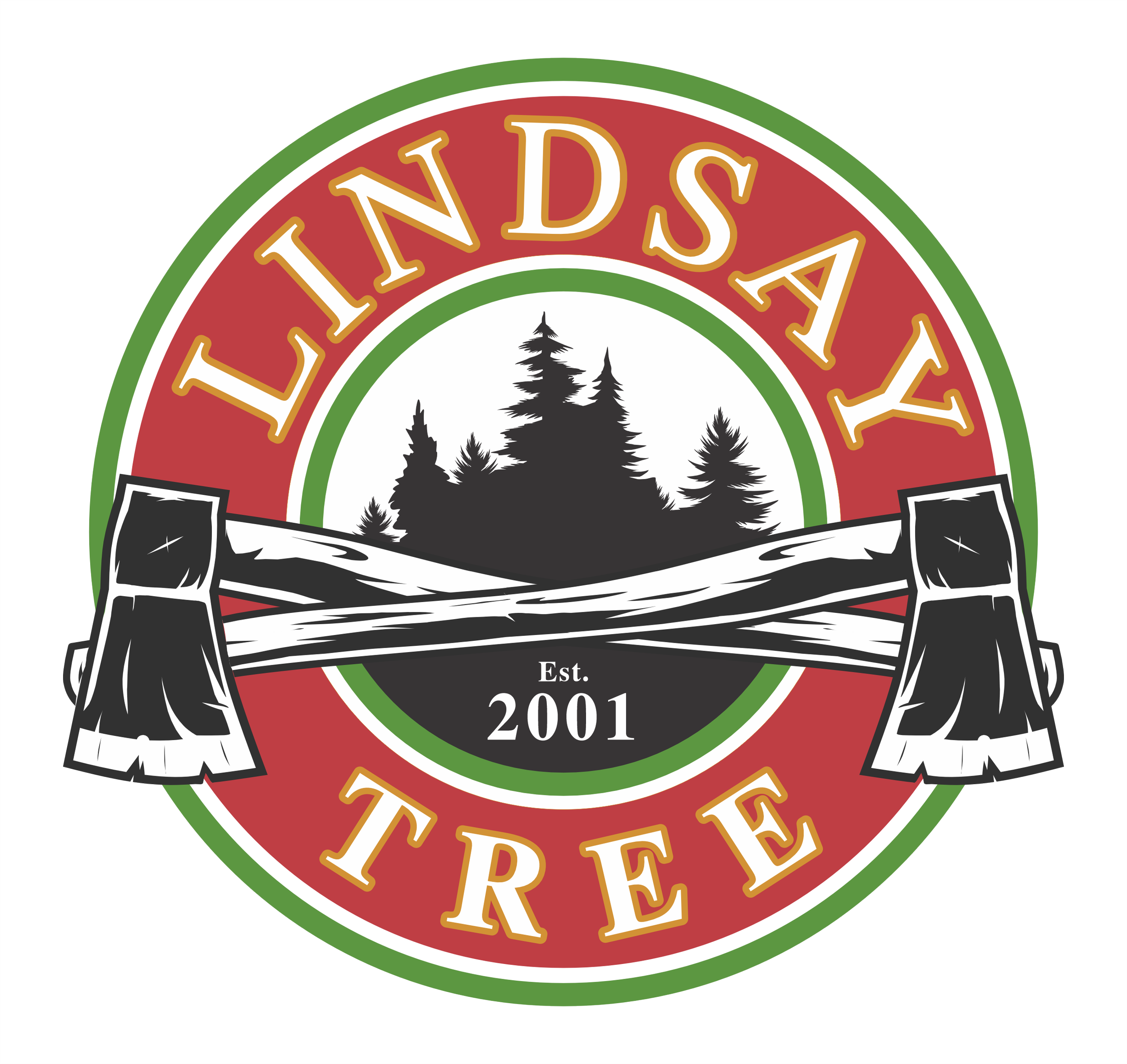Cabling and bracing are tree support systems that maintain a tree with structural defects. One of the most common defects among trees is the formation of codominant stems. (see Step 1) Codominant stems are hazardous, particularly when bark is included in the union. It is a weak connection because the stems are not connected where there is bark. As the tree grows, it pushes the leaders apart, like driving a wedge between them. Thus, it is a weak connection and a prime candidate for cabling.
Another defect or hazard occurs when a limb reaches far beyond its normal range for the particular species. This is called overextension. If a large limb with a lot of weight, particularly near the end of the limb, exists and you do not want to remove the limb, you could have it cabled. Cabling is used to safely extend the longevity of your tree so you can enjoy it for years to come.
Sometimes the tree (due to a structural defect) may begin to split, particularly if codominant stems exist. This would be an occasion for bracing. A properly placed brace can prevent failure when a tree begins to crack. Usually, if braces are inserted, cables will need to be added as well. If it is a tree of value and it can be safely maintained, cabling and bracing could work for you.
If you decide to cable and/or brace your tree, keep your eyes on it. You "keep your eyes on it" by having a qualified arborist periodically (annually is best) check to ensure the hardware is not deteriorating and that a new cable does not need to be placed higher in the tree as the tree grows.
Contact us for a FREE estimate! • P: 215-234-8698 • E: contact@lindsaytree.com
